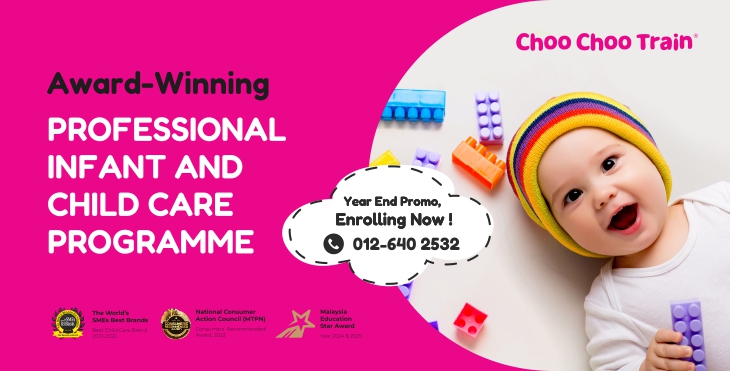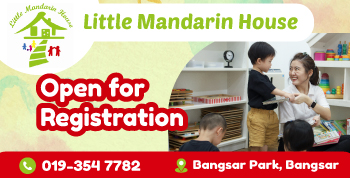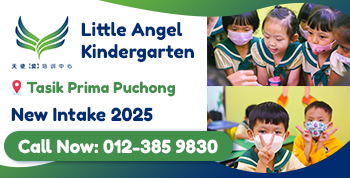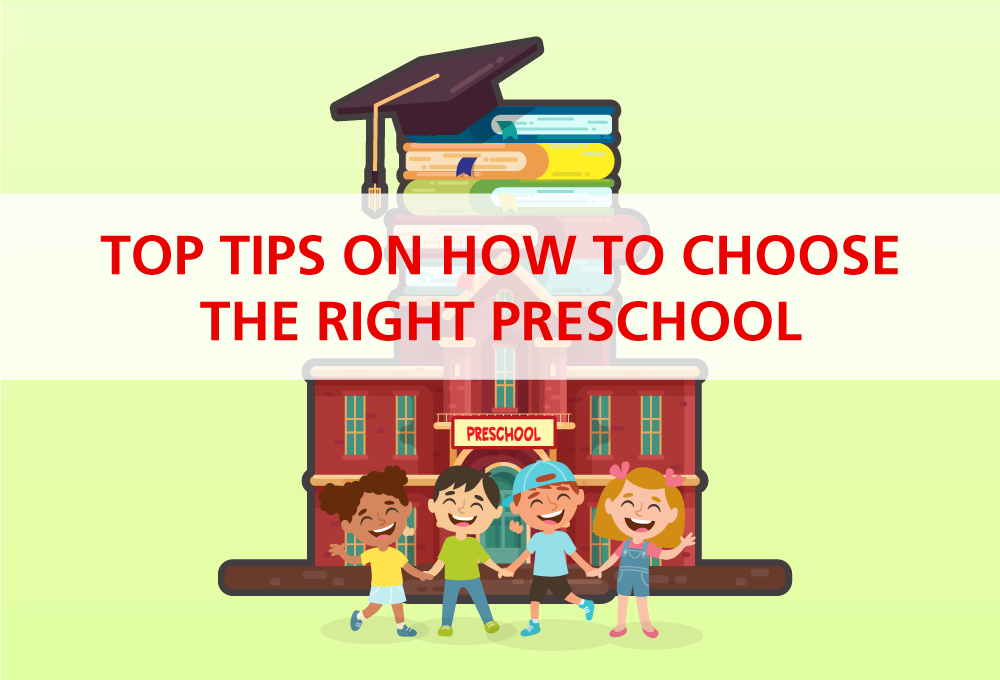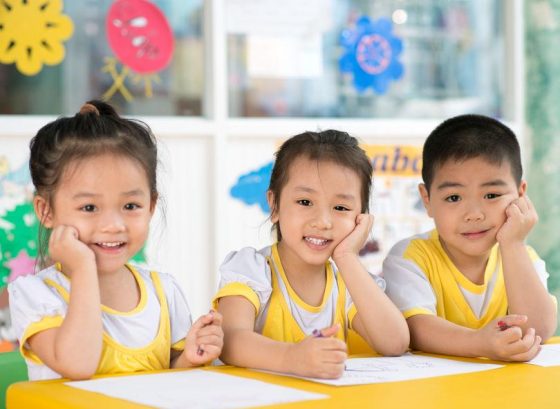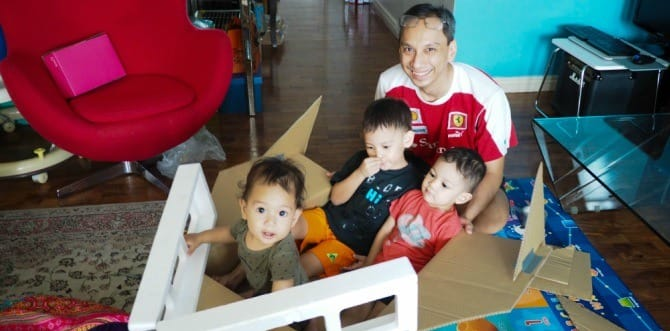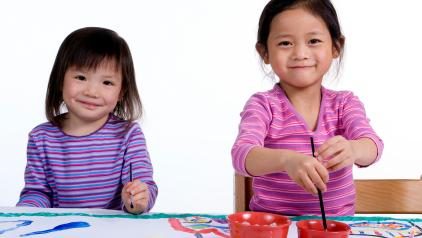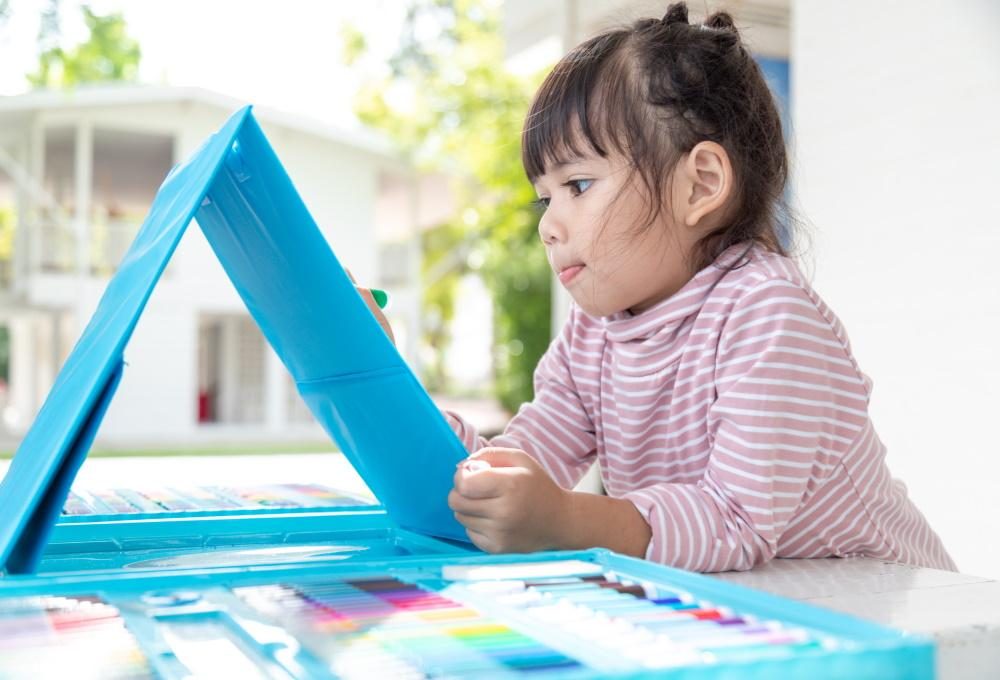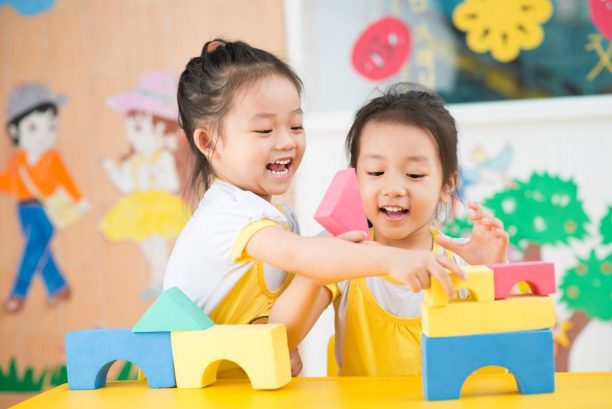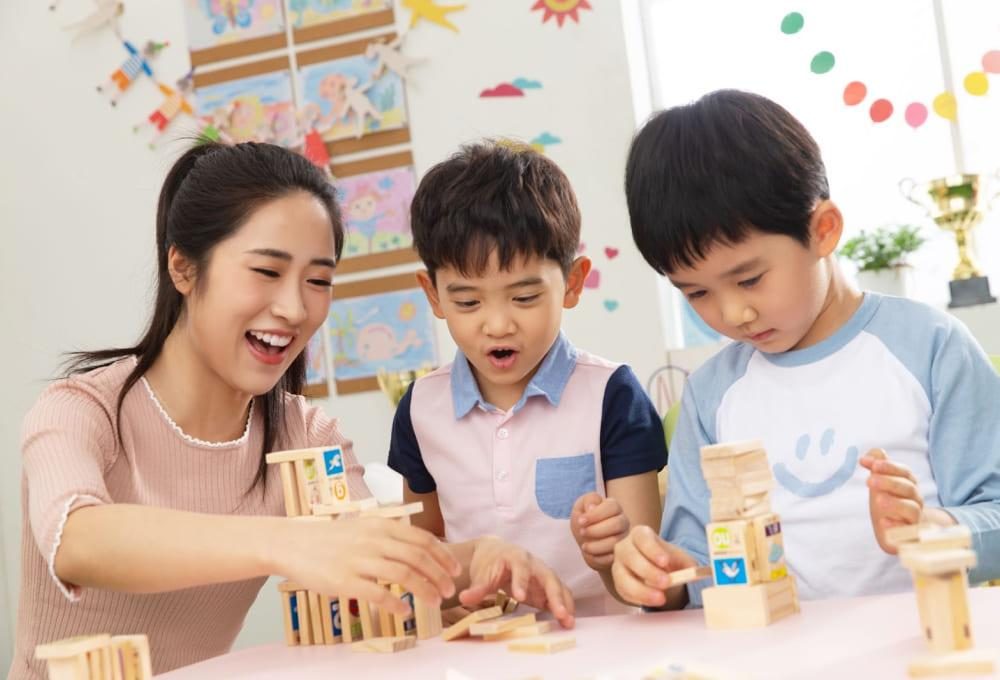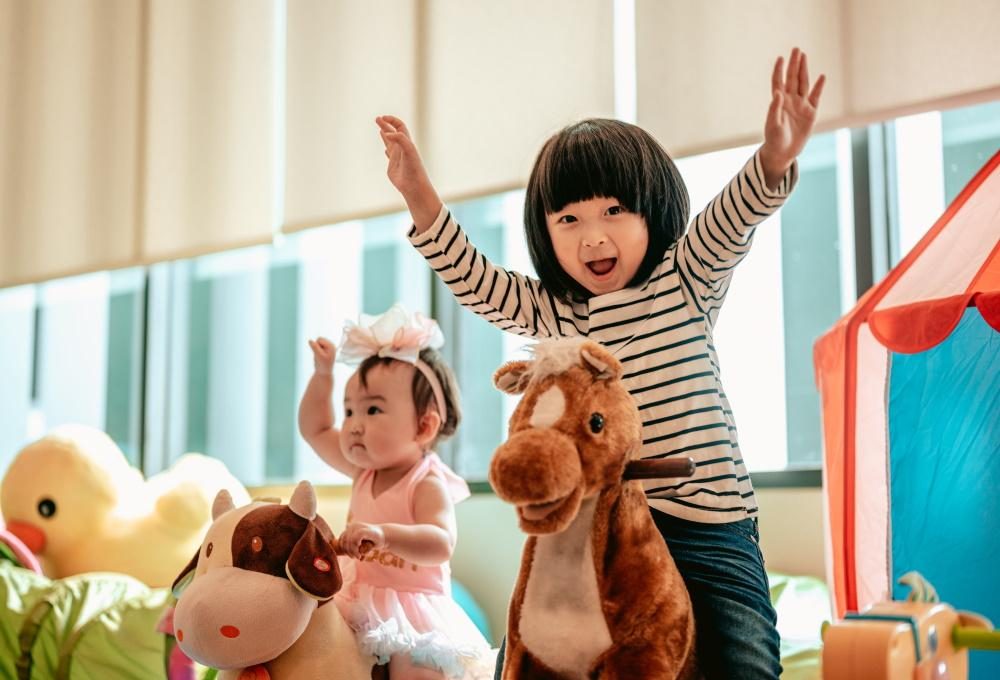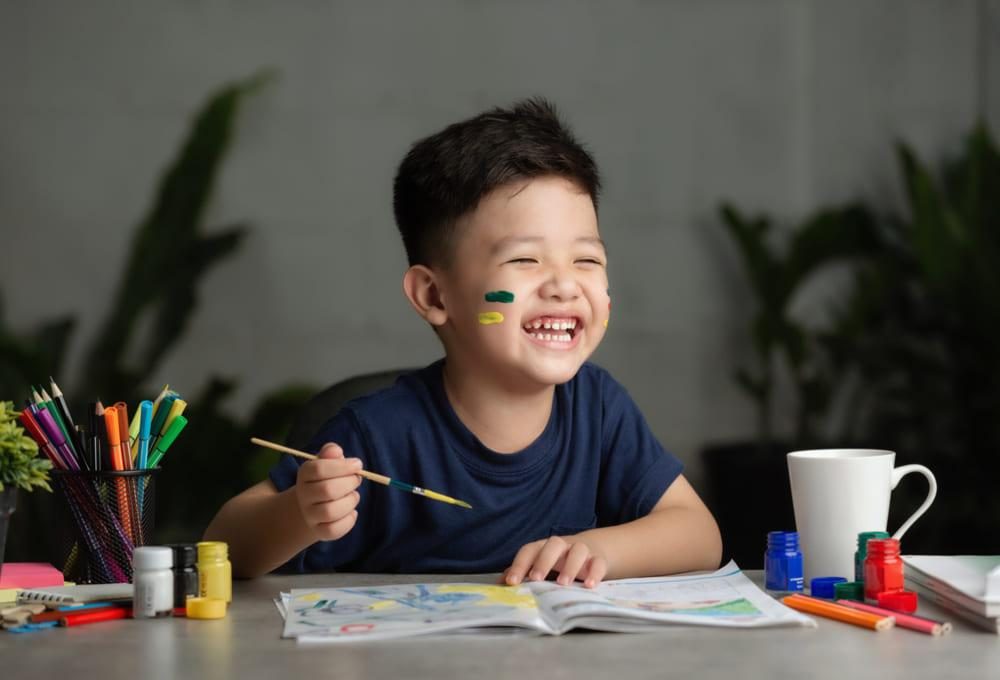The Essential Parent Guide to Early Childhood Education Approaches
by on 12/08/2020 15669
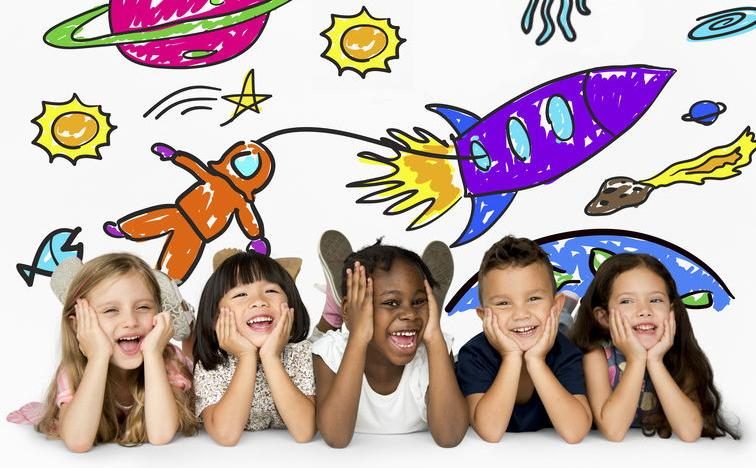
Learn about the different early childhood education methods and decide which one is the right fit for your child.
Few preschools fall neatly into one category or another. Most comprise a blend of best practices drawn from multiple curriculum type. It is common for teachers to adopt an interdisciplinary approach to guide children across multiple areas of learning such as language, mathematics, science, art and more. Lessons usually focus on periodic themes and promote the development of the whole child.

Learning mode

Environment

Materials

Learning Outcomes

Teacher’s Role

Best Suited For Children Who:
Academic
This approach focuses on the structure of knowledge that is organised into subjects.
![]() Structured, sit-down lessons and activities
Structured, sit-down lessons and activities
![]() Low social interaction, movement and free play
Low social interaction, movement and free play
![]() Books, worksheets and whiteboards
Books, worksheets and whiteboards
![]() Academic skills
Academic skills
![]() Give direct instructions
Give direct instructions
-
Can sit through structured lessons
-
Are focused
-
Do well in a less social environment

Play-based
This approach revolves around initiated play and activity-based learning to help children understand the world around them.

![]() Small group activities
Small group activities
![]() High social interaction, movement, imaginative play and noise
High social interaction, movement, imaginative play and noise
![]() Variety of learning aids, materials and toys
Variety of learning aids, materials and toys
![]() Pre-academic skills and socialisation
Pre-academic skills and socialisation
![]() Observe and guide
Observe and guide
-
Are active, with lots of energy
-
Prefers lots of activities and social opportunities
Montessori
This approach allows children to make their own choices in learning, while teachers guide them in the process.
![]() Both individual and small group activities
Both individual and small group activities
-
Hands-on experiences, learning from peers, low noise and calm environment
-
Space does not feel cluttered
![]() Child-accessible concrete materials, sensorial apparatus, manipulative puzzles
Child-accessible concrete materials, sensorial apparatus, manipulative puzzles
![]() Promotes character traits like independence, responsibility and respect
Promotes character traits like independence, responsibility and respect
![]() Facilitate and guide unobtrusively
Facilitate and guide unobtrusively
-
Appreciate working through uninterrupted periods of time
-
Need the freedom to grow at their own pace

Reggio Emilia
This approach focuses on plenty of open-ended projects that are chosen together by both the children and teachers.

![]() Small group projects and few whole class lessons
Small group projects and few whole class lessons
-
Environment reflects the children, parents and teachers of the school
-
Materials and spaces foster creative exploration
![]() Project specific and craft materials
Project specific and craft materials
![]() Encourage problem-solving, logical thinking, communication and self-expression
Encourage problem-solving, logical thinking, communication and self-expression
![]() Teachers don’t pre-plan children’s activities. The activities emerge as a product of children’s interests.
Teachers don’t pre-plan children’s activities. The activities emerge as a product of children’s interests.
-
Do well in groups
-
Enjoy exploring and problem solving
Waldorf
This approach engages children through a flexible curriculum that emphasises on practical learning and nature.
-
Cooperative group learning
-
Children are not introduced to formal reading and writing skills until Year one
-
No standard grading system
-
A lot of time spent away from desk-learning.
-
The external environment is an integral part of the education
-
Embraces free thinking
-
Natural materials
-
No technological media
-
Sustains the holistic growth of the child – head, heart and hands
-
Fosters connectedness and love towards nature
-
Instill a sense of enthusiasm in learning
-
Sometimes, teachers help children complete activities
-
Love playing outdoors in the natural environment with peers
-
Want the freedom to pursue own tasks

High Scope
This approach initiates activities that actively engage children in the process of thinking and forming their own understanding.

-
Both individual, and small and large group activities
-
Active learning
-
A lot of interactions with other people and the environment
-
Learning spaces are designed to promote independence
![]() Diverse, open-ended materials that encourage exploration and exercise creativity
Diverse, open-ended materials that encourage exploration and exercise creativity
![]() Higher-level thinking skills such as deciding what to do, how to carry out ideas and reflecting upon actions
Higher-level thinking skills such as deciding what to do, how to carry out ideas and reflecting upon actions
-
Introduces children to progressively more difficult materials when appropriate
-
Communicates trustingly as a partner with children and parents
-
Are self-starters and active learners
-
Enjoy being part of the decision-making process
Theory of Multiple Intelligences
This approach suggests several other ways for teachers to present teaching materials to give diverse learners a chance to succeed at learning.
![]() Group experiences that engage all the intelligences
Group experiences that engage all the intelligences
![]() Thoughtful arrangement of objects and resources
Thoughtful arrangement of objects and resources
![]() Emphasis on “real life” materials
Emphasis on “real life” materials
-
Develops all 8 areas of intelligence, from logical and linguistic to interpersonal and visual
-
Ability to solve problems in real life
-
Teach and assist child







